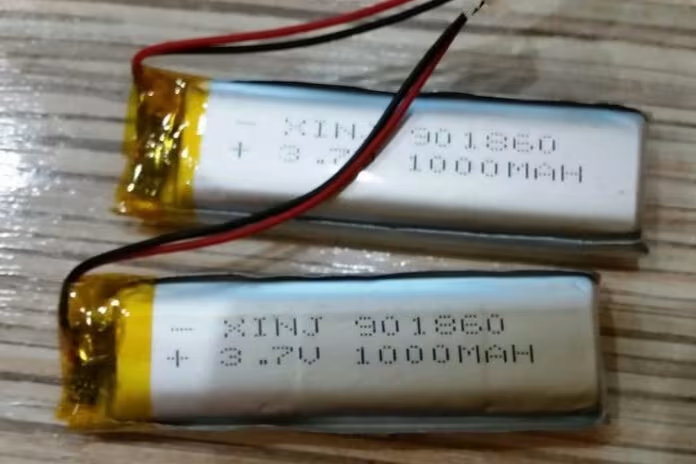Metal detector detection range guide after 15 years of treasure hunting.
What is Metal Detector Search Depth?
From hundreds of hours of metal detection in all terrain, I’ve learned that detection depth is more than having new metal detector gear. Let’s get to it – I’ll tell you what actually dictates just how deep a metal detector can detect treasure.
The Real Deal on Detection Depth Range

Last year in Jacksonville Beach, my XP DE2 with a 13-inch coil found a signal that seemed impossible to be that deep. After digging just shy of 20 inches, I uncovered a pristine half silver dollar dated 1942. The experience was a hard-won metal detector sensitivity and detection condition lesson.
The Top Factors that Determine Metal Detector Depth
Search Coil Size and Detection Depth
The coil size detection depth correlation is more involved than many think. While large coils generally hold more potential for depth, there are key compromises:
- Standard 11-inch coils: Reach 21-22 inches in ideal situations
- Extreme hunter coils: Find large objects to 16 feet deep
- Small coils: Enhanced separation of targets but shorter detection range
Ground Conditions and Metal Detector Sensitivity
Different hunting terrain heavily impact your metal detector’s detection capability:
- Beach detection: Ideal conditions with 20+ inch potential
- Mineralized soil: Reduces detection range by 50-70%
- Rocky terrain: Requires careful adjustment of ground balance
- Wet sand: Enhanced conductivity increases detection range
Practical Metal Detecting Depth Experience
After enough time swinging around a detector, you get a feel for how low an item might be buried.

The Culpeper Challenge
My weekend of detecting in Culpeper, Virginia, is a classic example of ground mineralization’s effect on metal detector performance. The same metal detector that was hitting 20+ inches at the beach was struggling to hit 8 inches in Culpeper’s soil that is high in iron. The extreme variance is a reason that knowledge of ground condition is crucial to treasure hunting success.
Seasonal Effects on Detection Depth

Sensitivity of metal detectors is highly season-sensitive:
- Spring: Higher ground moisture reduces conductivity
- Summer: Low soil moisture may require sensitivity adjustment
- Fall: Excellent detecting in most places
- Winter: Frozen soil limits detection depth
Multi-Frequency Detection Advantage
Modern metal detectors allow multiple frequency options for different targets:
- Low frequencies: Most ideal for deep silver and large objects
- High frequencies: Most ideal for small gold and jewelry
- Multi-frequency: Most ideal for varied detection capability
Tips of a Pro for Deep Recovery
- Master ground balancing
- Match object to frequency
- Use appropriate coil size for objectives
- Practice interpreting weak signals

Professional Recommendations and Advice
After years of experience, I’ve found that excellent deep detecting is a matter of mastering gear and hunting terrain. Master your detector’s proficiency in the shallow range (6-12 inches) where treasures start in the beginning. As you get more experienced, you’ll automatically ramp up to more advanced capabilities to detect more deeply.
Remember: The deepest metal detector range is not always the most practical range. The key is to find that sweet spot between capability in range and practical object identification.
Quick Reference Guide for Maximum Detection Depth
| Condition | Typical Depth Range | Best Detector Type |
| Beach Sand | 18-22 inches | Multi-frequency |
| Farm Field | 8-12 inches | Standard VLF |
| Mineralized Soil | 6-8 inches | Pulse Induction |
| Wet Salt Sand | 12-15 inches | Multi-frequency |
Good luck hunting, and know that patience and perseverance often trump sheer range capability in finding treasure!

My name is Paul and I am the founder of Detector For Metal, a dedicated resource for metal detecting enthusiasts seeking to uncover historical treasures and connect with the past using the latest technology. As a stay-at-home dad and family man, I’ve found metal detecting to be the perfect hobby that combines family adventure with historical learnings for the whole family.
As a father, I’m deeply committed to passing on this hobby to the next generation of detectorists, starting with my own children. I share advice on everything from metal detecting with kids to exploring the top 10 metal detecting sites you never thought about. My methodical approach to the hobby goes beyond the thrill of discovery—it’s about creating family traditions while preserving history and sharing the stories of those who came before us.


